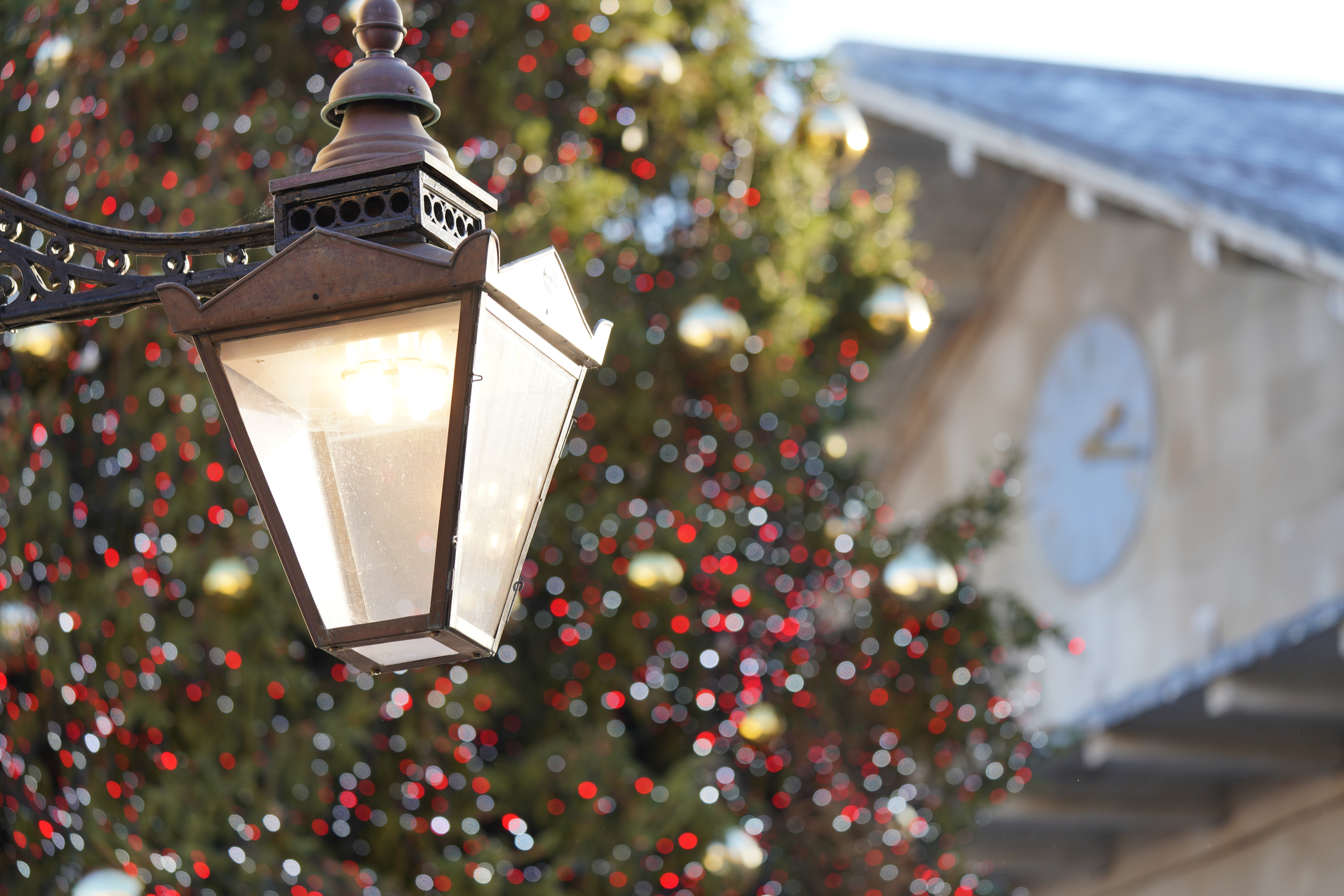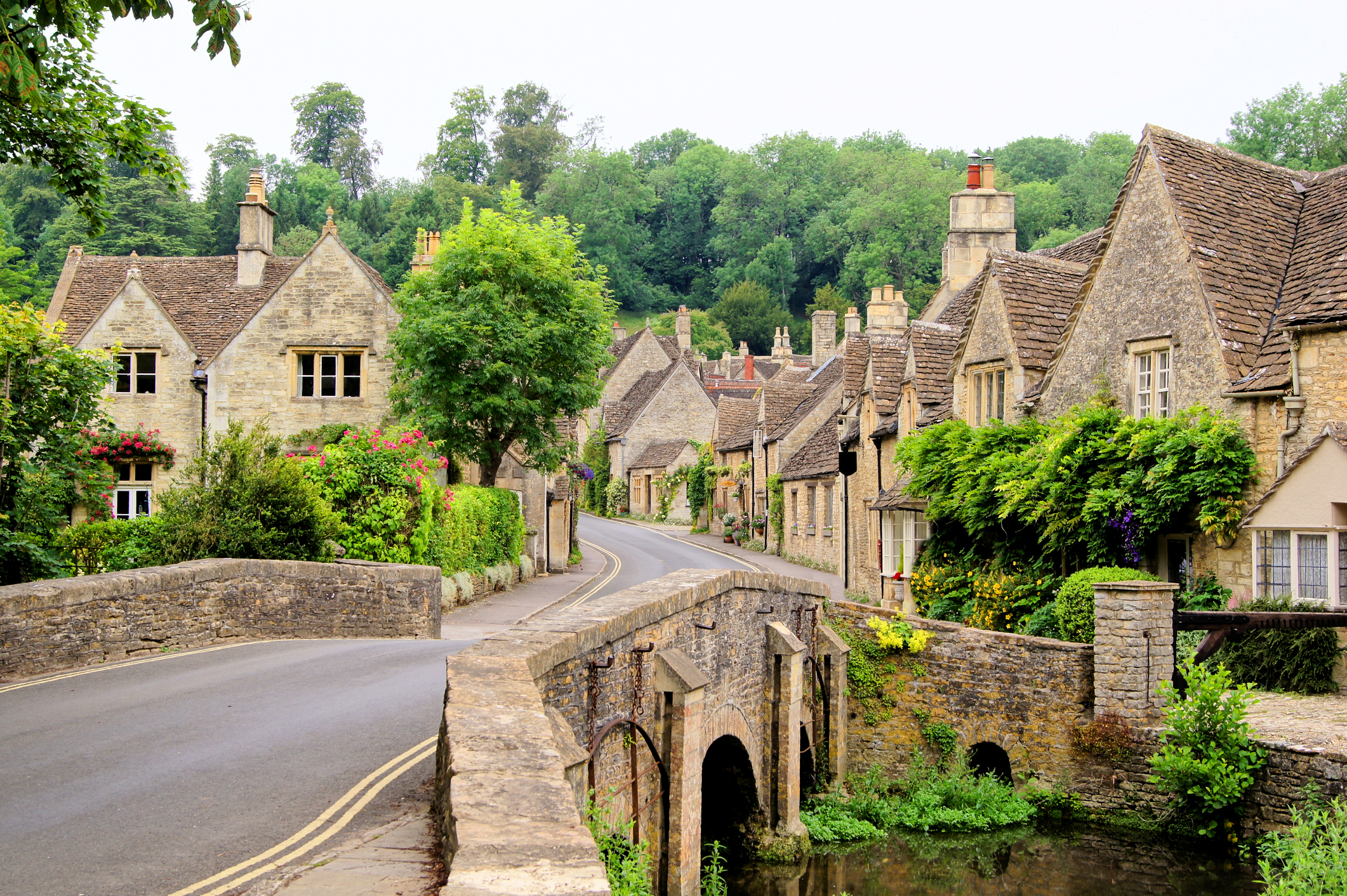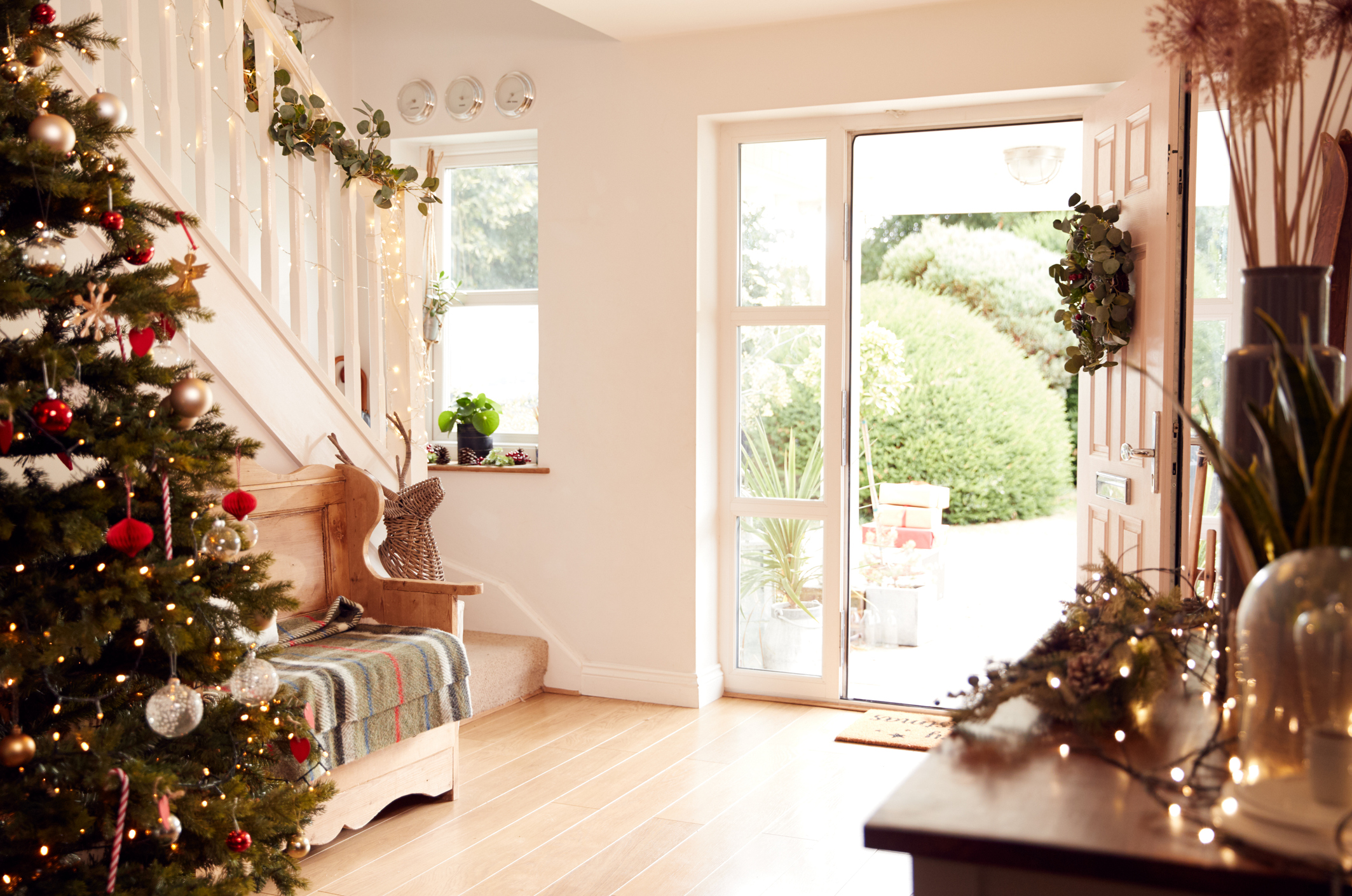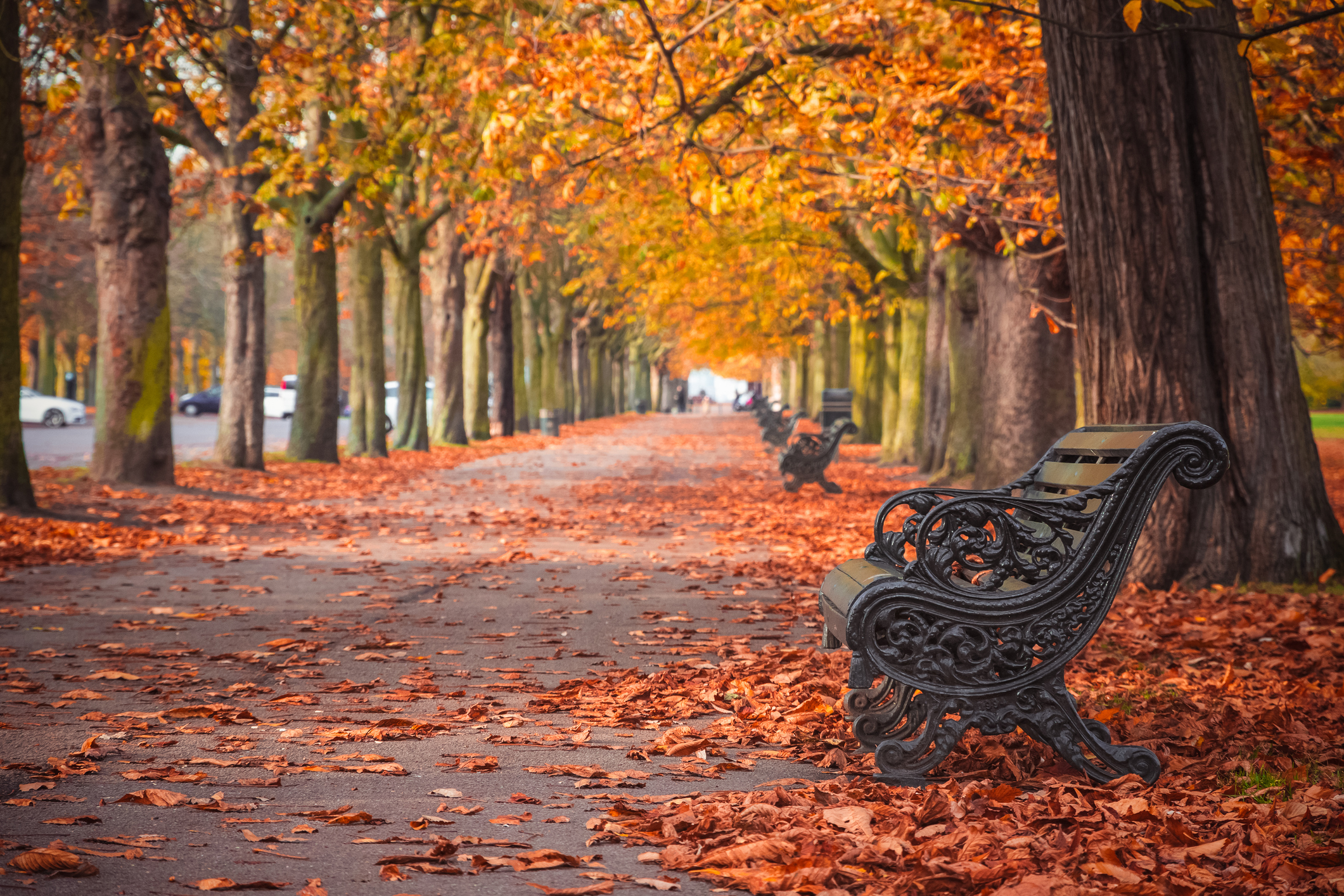Conservation areas can be easy to fall in love with, from cobbled lanes of thatched cottages to dramatic views across the beach.
Homeowners must often follow strict rules for any changes they make to their properties, though. Let’s look at what to consider when viewing a property in a conservation area.
Should you buy in a conservation area?
Conservation areas can be easy to fall in love with, from cobbled lanes of thatched cottages to dramatic views across the beach. Homeowners must often follow strict rules for any changes they make to their properties, though. Let’s look at what to consider when viewing a property in a conservation area.
What is a conservation area?
With around 10,000 in the UK, a conservation area is a neighbourhood, village or larger area that’s protected for its historic value. Picture the ancient woodlands of South Downs National Park, Somerset’s Dunster medieval village with its castle, or the elegant architecture of London’s Mayfair.
Local councils can safeguard an area’s appeal, including its original architectural features, trees and green spaces, and street furniture such as lamposts and benches.
What rules must you follow?
The local authority sets the specific rules, depending on the historical elements it wants to protect. Often, planning restrictions relate to the visual character of a street; even if you buy a new build, you might need to follow rules for things like:
- The colour of your front door and window frames
- Extensions to your property
- Satellite dishes or antennas that face the road
- Any new sheds, outbuildings or swimming pools
- Changes to your roof or chimney
- The felling of trees or shrubs
Look on the local authority website to research the specific restrictions and the process for securing planning permission.

How does living in a conservation area affect your property value?
In the grand scheme, living in a conservation area could mean your property will always command a relatively high price. Laws protect streets from ugly extensions, clashing colours and the demolition of historic landmarks. You’re also more likely to find listed buildings in these areas.
Along the way, however, you might face more complications and costs when making changes to your property. If you can only use particular materials, for example, this can bump up your building costs. And there will be more red tape to navigate as part of the planning process.
How do you know if a property is in a conservation area?
Most of the time, the property’s brochure or online listing will mention that the home is in a conservation area. If not, you can ask the estate agent or look on the local authority website for information.
You need to know exactly what restrictions apply to the house, especially if you plan to make any changes in the future.
Final thoughts
Thinking of buying a new property and wondering about making changes? One way to get a quick idea of what’s possible is to see what other homes in the street have done with extensions and changes, although make sure to then ask the local authority for more concrete information. An estate agent can also share local knowledge and expertise on what you might expect when planning improvements to your new home. Find your nearest Winkworth branch to get started today.



